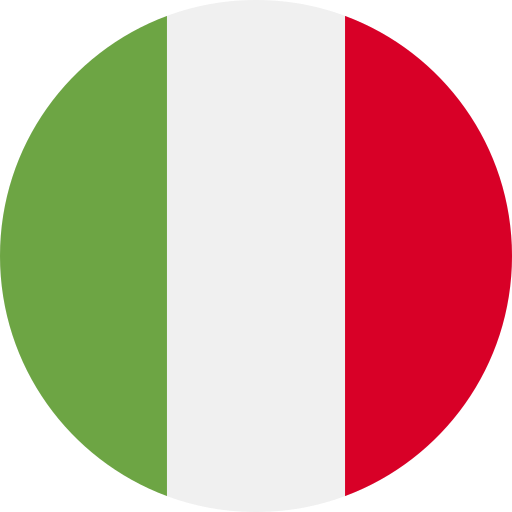3D GIS, City Models and Digital Twins
This set of learning material consists of three parts. The first part deals with concepts and data standards related to 3D city models, such as different geometric vector models, voxel representation, semantics of 3D city models and data standards (CityGML). The second part deals with the acquisition and management of 3D geospatial data, for instance from tacheometry, photogrammetry and terrestrial and aerial laser scanning. Commonly used software tools are also reviewed. This part also includes three different assignments with data. The third part deals with digital urban twins, with a specific focus on the usage of sensors and sensor networks. This part also comes with an assignment using air quality sensor networks.

Block: City Models
- Lecture: Concepts of 3D modeling of the built environment
- Lecture: Semantic 3D city models
- Lecture: 3D GIS data standards
Block: 3D data processing
- Lecture: 3D Data acquisition technologies
- Lecture: 3D Data Sources
- Lecture: 3D Data Tools Applications
- Assignment: Creation of 3D building from surveying data
- Assignment: Extract 3D buildings from point clouds
- Assignment: Merging data having different LOD’s
Block: Digital Twins
- Lecture: Introduction to Digital Urban Twins
- Lecture: Sensor Data Standards
- Lecture: Air Quality Programs
- Assignment: Sensor alarms
Croatian translation 
For most of the lectures in this module, a Croatian translation of the learning materials is available. Please visit each lecture page to download the
complete package, where you will find the Croatian version.
Italian translation 
For most of the lectures in this module, an Italian translation of the learning materials is available. Please visit each lecture page to download the
complete package, where you will find the Italian version.
Spanish translation 
For most of the lectures in this module, a Spanish translation of the learning materials is available. Please visit each lecture page to download the
complete package, where you will find the Spanish version.
Swedish translation 
Here you can download the Swedish translation of a selection of the learning materials consisting of a slide-based presentation accompanied by a text document (presentation notes) that includes additional information on the slides.